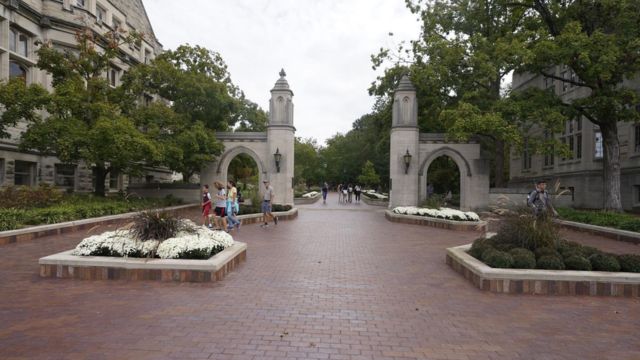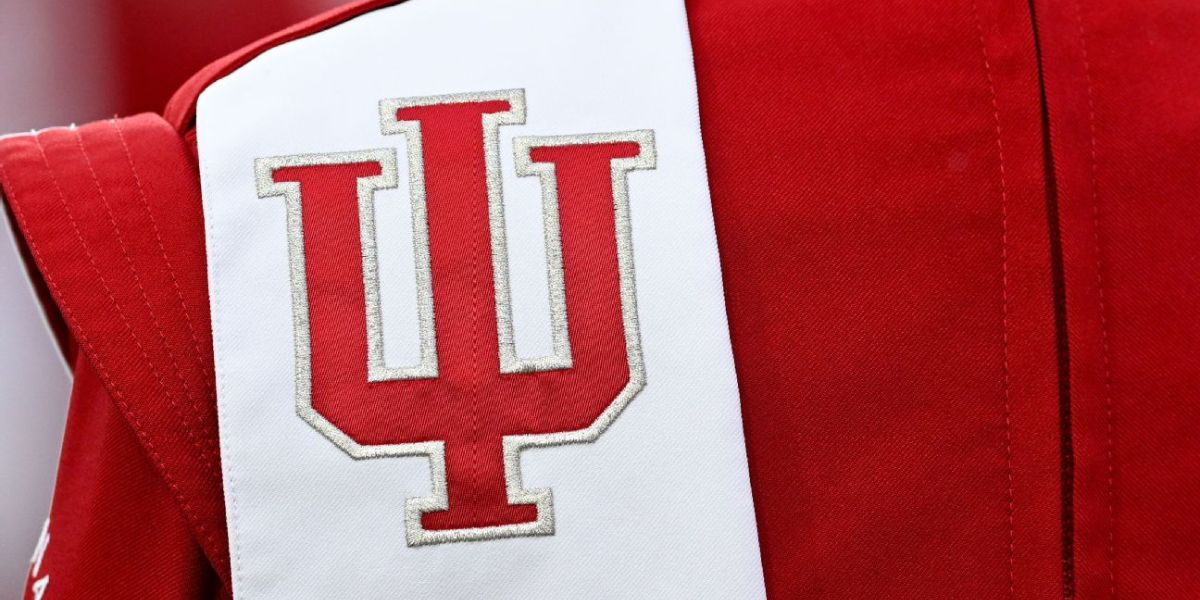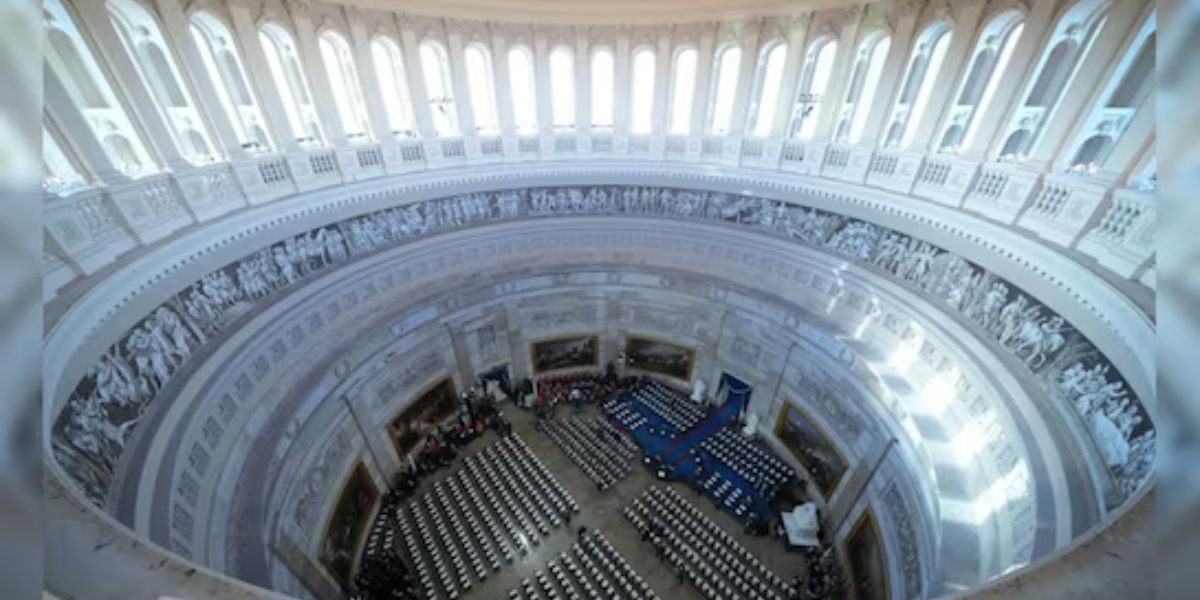As the state of Indiana faces a looming deadline for its revenue-sharing program, it has made the difficult decision to lay off 25 employees across various departments.
This move comes as part of a broader effort to align the state’s budget with its projected financial needs, as revenue-sharing payments to local governments are set to increase in the coming months.
The layoffs, which were announced earlier this week, affect employees in both state-run agencies and administrative offices.
While the exact nature of the positions and departments impacted has not been fully disclosed, sources close to the matter say the cuts are primarily in nonessential and administrative roles. The Indiana State Budget Office has indicated that these reductions are necessary to help the state manage its cash flow in the lead-up to the release of revenue-sharing funds.
Revenue sharing is a critical financial mechanism in Indiana, where a portion of the state’s income and sales tax revenues are distributed to local governments.
This transfer helps municipalities fund essential services like law enforcement, infrastructure, and public health initiatives. However, the state’s growing financial obligations, combined with a projected dip in tax collections, have raised concerns about its ability to meet these commitments without taking drastic measures.
Governor Holcomb’s office issued a statement on the layoffs, emphasizing that the state is making these tough decisions in order to ensure the long-term stability of Indiana’s finances.
“This is a necessary step to ensure that we can continue to fulfill our obligations to local governments, while also maintaining fiscal responsibility,” the statement read. “Our administration remains committed to a balanced budget and ensuring that essential services are not disrupted.”

Critics of the layoffs, however, have questioned whether such cuts will undermine the efficiency of state services. Some have voiced concern that cutting jobs could lead to an increase in workloads for remaining employees, further straining an already stretched state workforce. Additionally, unions representing state employees have expressed their disappointment with the move, calling for alternative solutions that do not involve job cuts.
“The state’s budget situation should not be balanced on the backs of hard-working Hoosiers,” said a representative from the Indiana State Employees Association. “We believe there are other ways to manage costs without resorting to layoffs.”
New York Hit by Another National Chain’s Store Closures
As the state continues to navigate these financial challenges, Indiana residents will be closely monitoring the impact of these job cuts. While the immediate goal is to secure the funds needed for revenue sharing, the longer-term effects on the state workforce and public services remain uncertain. As the revenue sharing deadline draws near, everyone’s attention will be focused on the state’s ability to maintain budget balance while protecting essential services.
In the meantime, state leaders have reassured residents that the cuts will not affect critical areas like public safety or health care, and efforts are underway to streamline administrative functions in order to minimize disruption to service delivery. The coming weeks will likely bring more updates as Indiana works through its financial challenges in preparation for the revenue-sharing transition.



